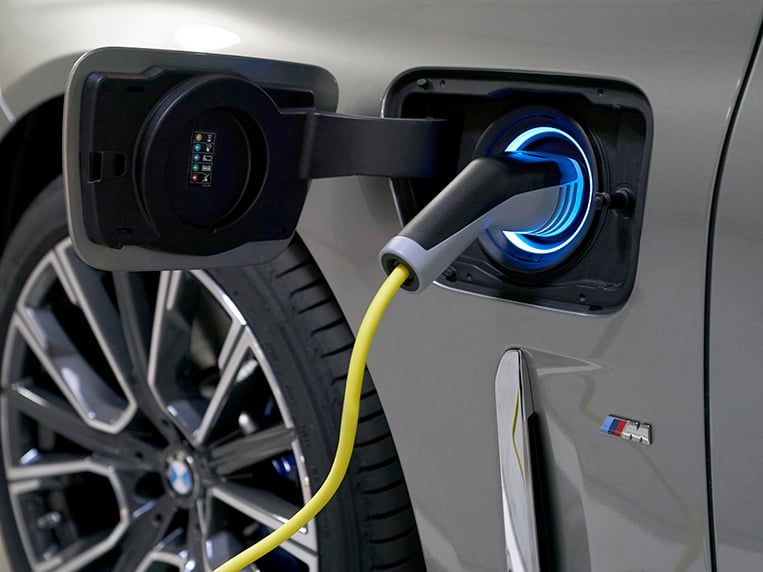
As you know, the automotive industry both here and abroad is now aggressively preparing for the inevitable transition from internal-combustion engines to electrified propulsion systems (which includes hybrid and full-electric power sources). In a January 2018 study conducted by the market research firm Frost & Sullivan, it was found that 46% of Filipino car buyers were already open to owning an electric vehicle—meaning that they would consider purchasing one. Safe to say that figure is likely higher now, more than a year after the survey was conducted.
But a Pinoy consumer’s willingness to include an EV on his or her short list is one thing; actually spending hard-earned cash to acquire one is another. That’s because, while electric and plug-in hybrid cars sound appealing, the thought of operating and maintaining one causes many people to hesitate and shun them altogether. Why? Because of the absence of reliable charging infrastructure in the country. Range anxiety—or the constant worrying about running out of battery juice—is a valid concern, and automakers need to address this if they hope to sell a lot of electrified models in our market.
Sure, several EV charging outlets are starting to slowly crop up—most notably those of Unioil—but their paltry number is still far from being able to provide potential EV owners much-needed peace of mind. Picture driving to Baguio and then running low on power halfway there, and you’ll understand the general apprehension. Electric cars could get all the tax breaks from government, but they won’t take off in our territory until we are assured that we can top up at a public charging facility at least every 5km or so.
So, how close are we to arriving at this vision of electrified motoring? Let’s just say we—both the private sector and the government—still have a long way to go.
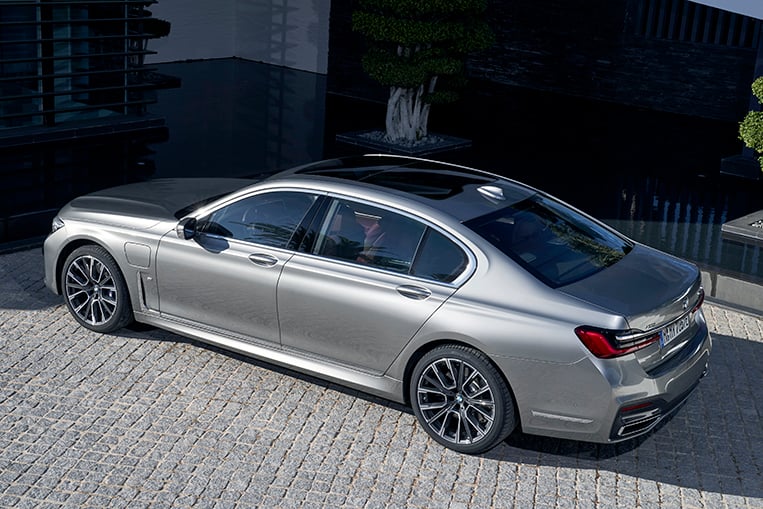
According to BMW Philippines Spencer Yu, who is pushing for an end-of-year Philippine launch of a plug-in hybrid 7-Series sedan, there is definitely a lot of work that needs to be done in the area of EV charging infrastructure. And it won’t come cheap—especially in the beginning.
The 7-Series, of course, will come with a special accessory that you can use to charge the luxury car at home. A full charge takes about four hours with the regular electric current in your residence. For safety, owners are expected to get an extra charging accessory worth about P100,000 for use in the workplace.
And yet even having dedicated chargers in the house and at the office may not be enough to allay the fears of the PHEV’s target market that the car could sputter to a halt in the middle of a remote road. The hybrid sedan that Yu plans to bring in is capable of driving some 50km in full-electric mode. Impressive, but still not reassuring enough. Owners need to know that they can have easy access to a fast charger if they need to.
“We’ve been offered by Meralco to put up a commercial-grade fast-charging station at shopping centers like SM Megamall,” Yu told VISOR. “But just a single station costs P1.2 million.” And when we say station, we mean one “pump” and not a whole facility that can accommodate several vehicles.
The implication is that BMW needs to invest in charging infrastructure if it wants its customers to seriously consider getting a plug-in hybrid electric vehicle. That’s a lot of money for just one car brand to shoulder.
The obvious solution is for the entire automotive industry to work together—within itself and with the government—to put the required charging network in place. Until this happens, no straight-thinking Filipino car buyer—even one swimming in cash—will happily and confidently switch to electrified vehicles.
Needless to say, the time to act and band together is now.



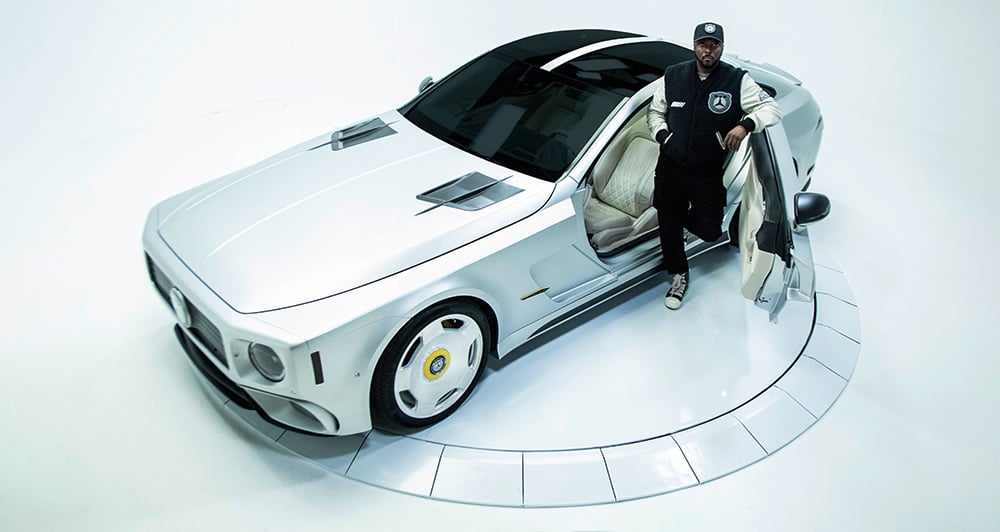
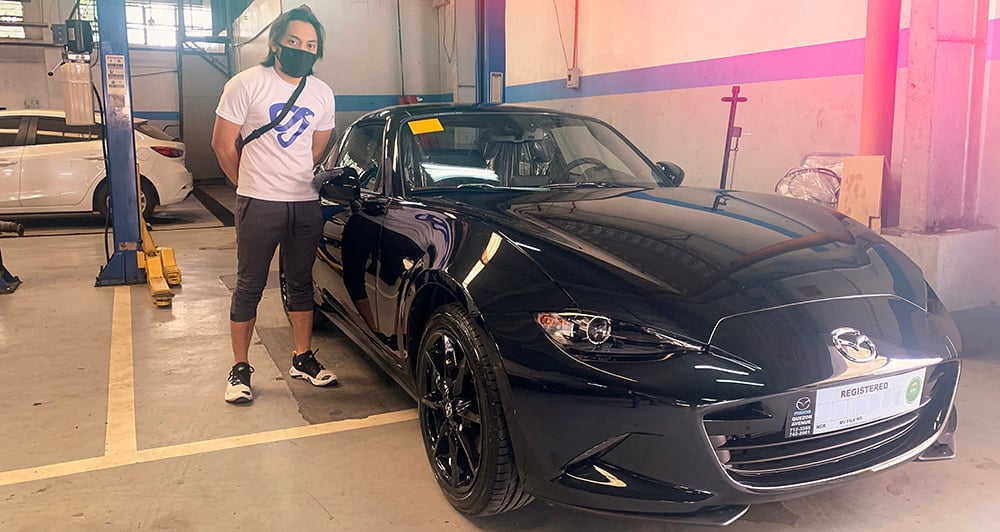
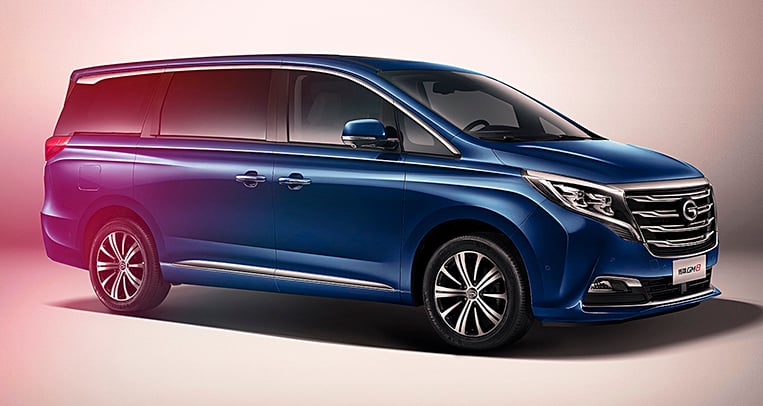
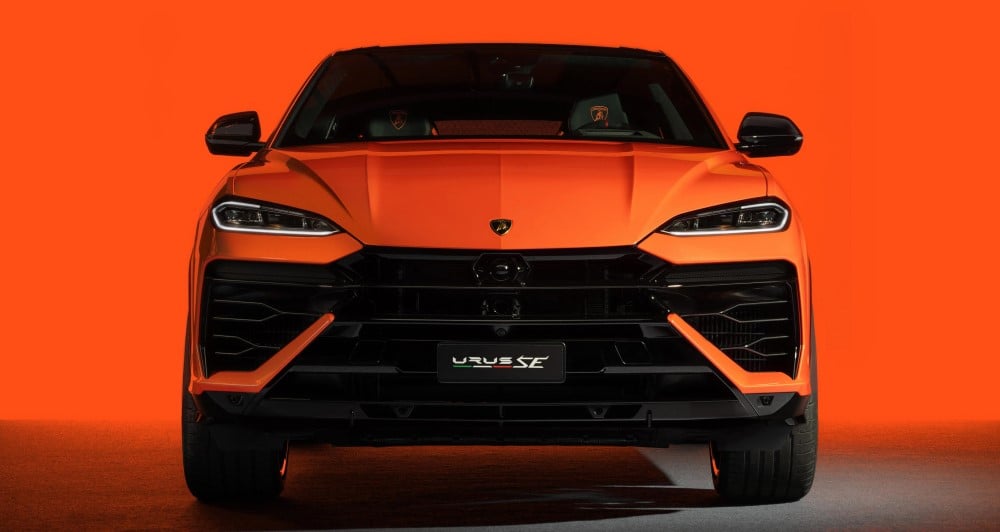
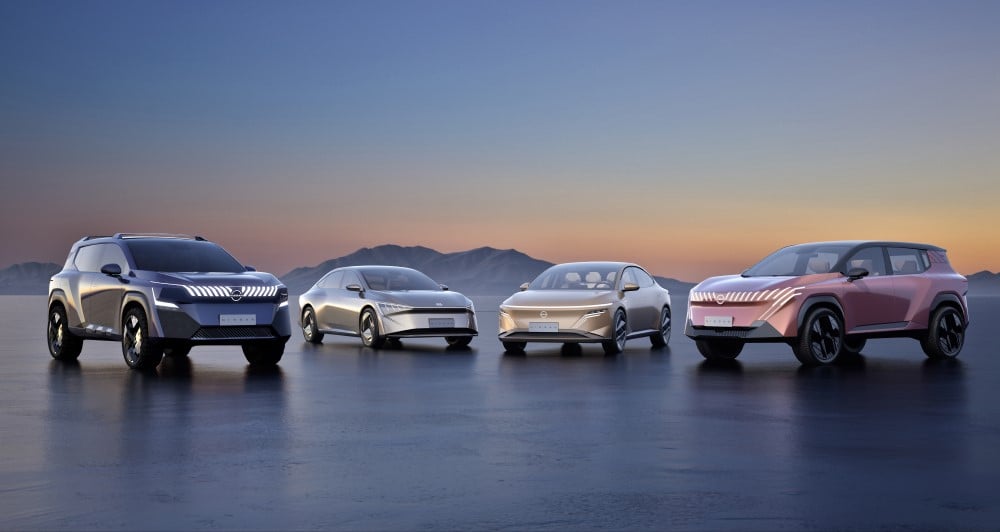
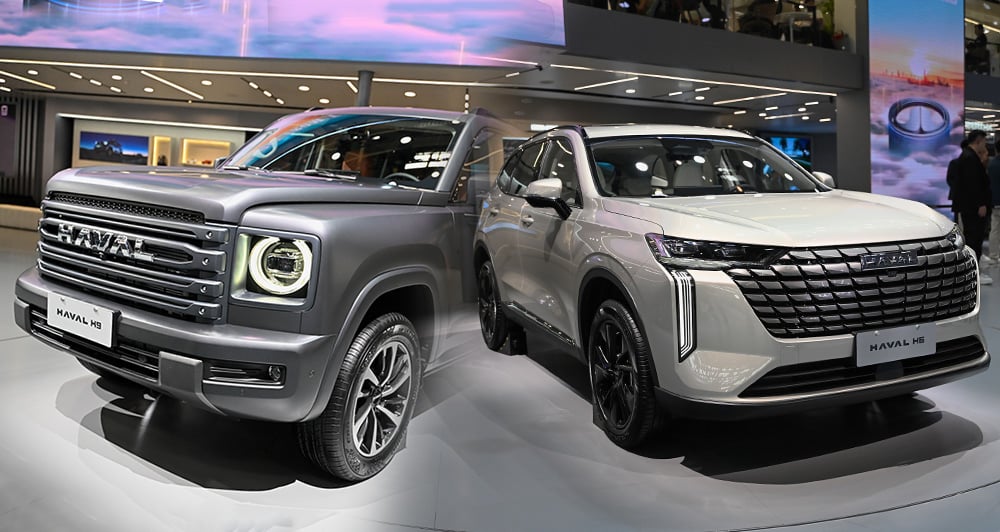


Comments